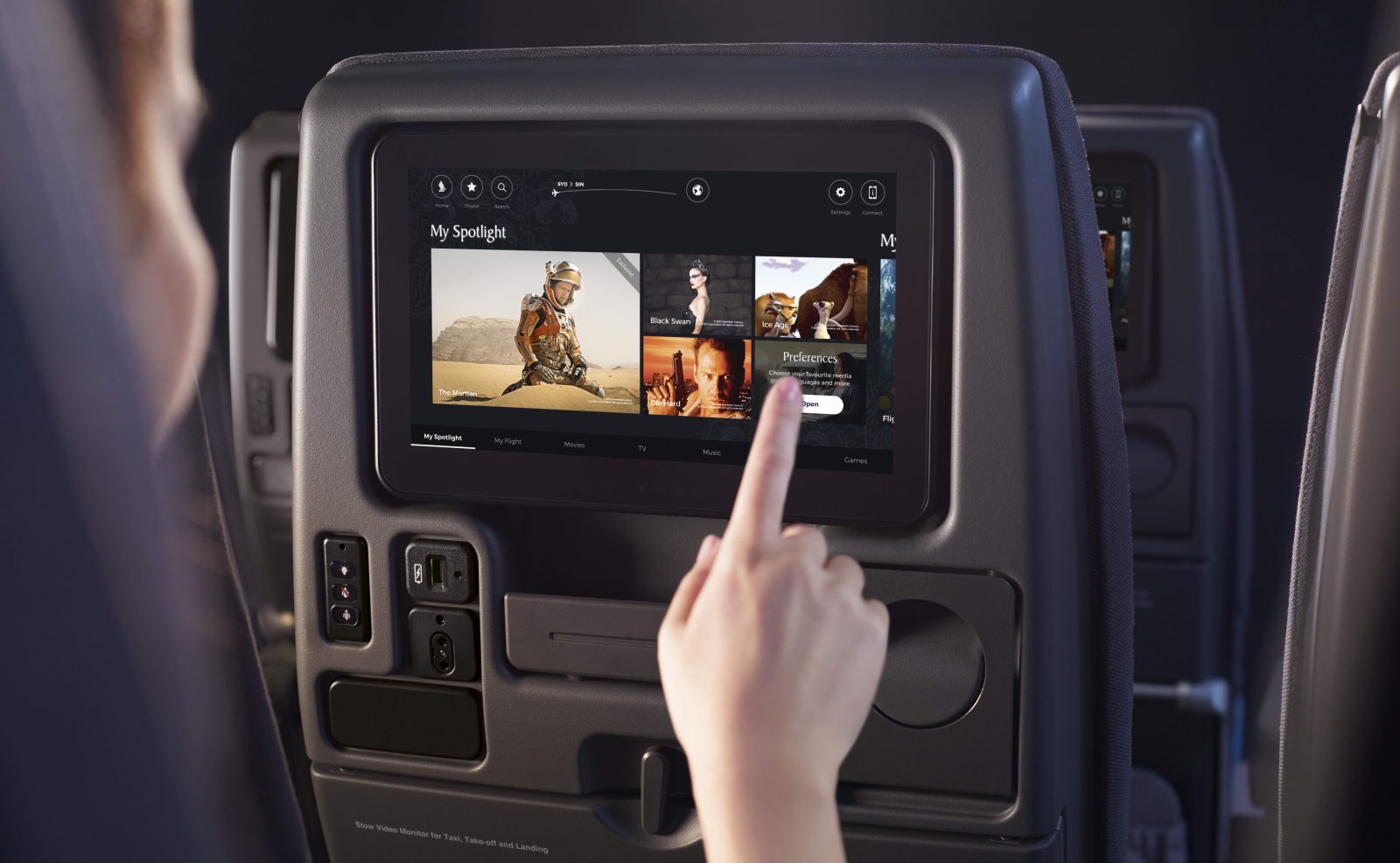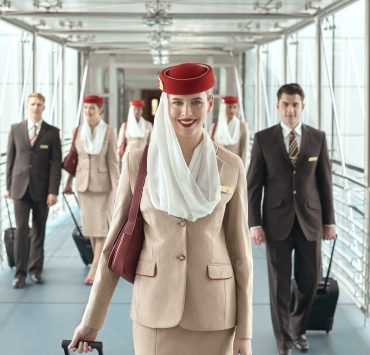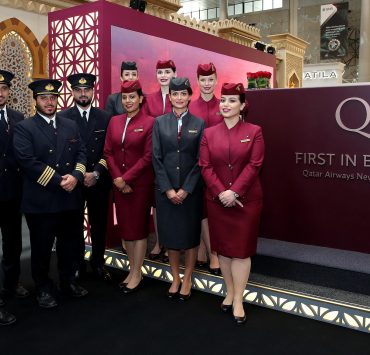
If you haven’t heard, your favourite airline could be spying on you with hidden cameras lurking within the plane’s in-flight entertainment system. That’s at least the conspiracy theory that emerged just over a week ago when one eagle-eyed Singapore Airlines passenger noticed a tiny camera concealed just below his seatback television screen. Vitaly Kamluk’s took to Twitter to share his discovery and his Tweet soon went viral.
Before long, other passengers on different airlines, including American Airlines, noticed they too had cameras pointing at them from the airline’s seatback screen. Some observers suggested an innocent explanation whereby the airlines were simply using repurposed tablets with deactivated cameras. Others dreamt up more sinister theories that wouldn’t be out of place in George Orwell’s dystopian novel 1984.
Just found this interesting sensor looking at me from the seat back on board of Singapore Airlines. Any expert opinion of whether this a camera? Perhaps @SingaporeAir could clarify how it is used? pic.twitter.com/vy0usqruZG
— Vitaly Kamluk (@vkamluk) February 17, 2019
It soon transpired that both explanations were in part correct. Both Singapore Airlines and American Airlines admitted that the cameras were, in fact, a “standard feature” that had deliberately been included by the in-flight entertainment system’s manufacturer. AA spokesperson, Ross Feinstein said the cameras could be used for “possible future uses, such as hand gestures to control in-flight entertainment.”
Yet both American and Singapore were quick to point out that the cameras are currently deactivated and at no point have passengers been filmed or recorded.
It all seems a little creepy but the Airline Passenger Experience Association (APEX) is convinced that these hidden cameras will in fact improve the passenger experience.
“Since the advent of the smartphone a decade ago, airlines realized that they need to be thinking ahead to serve the future travel experience,” explains APEX chief executive, Dr Joe Leader.
“The systems selected years ago are now on aircraft today and in many cases will be on aircraft for the next decade. With explicit customer permission, airlines will be able to provide better service and safety to their passengers using new technology,” he continued.

Dr Leader was at pains to point out that airlines must only ever use these cameras with the advance and explicit permission of the passenger each time they’re used. So with that in mind, if airlines did decide to flip the switch, what benefits could these cameras actually bring?
APEX says there are a number of possible uses including in communication, health and safety, gaming and entertainment, onboard service and even security.
For example, these cameras are capable of monitoring the health and wellbeing of passengers – visually detecting the signs of dehydration, an irregular pulse, or some other illness before the passenger is even aware of a problem themselves.
Getting back to the basics of what we expect from an IFE system, cameras can detect hand and eye movement to enhance gaming controls or make selecting a movie super easy.
Cameras could also turn the call button into an interactive link to the galley, while artificial intelligence might even be able to detect when you need the help of a flight attendant and alert crew without you needing to lift a finger.
But not all of the possible use cases advocated by APEX come with the permission of the passenger. With law enforcement authority, APEX suggests the cameras could be used to spy on suspicious passengers who have been “flagged as an onboard security risk” – perhaps to combat human trafficking, sexual assault or violence.
As for the chances of hackers stealing your personal data, APEX says you don’t need to be worried – “Cameras on aircraft are in one of the most secure environments possible with limited connectivity that is constantly monitored by outside companies,” the organisation says.
“In contrast, the greatest risk to airline passenger privacy breaches come from their own smartphones, tablets, cameras, computers, and smart devices used in private settings.”
In fact, APEX says passengers have nothing to be worried about as they are already in a public place where they could be filmed without permission by their seatmates at any time. In a way, it’s no different to be being filmed by a security camera in an airport or making use of facial recognition technology to board a flight, APEX claims.
What do you think? Are seatback cameras a passenger experience enhancing piece of tech we should be embracing? Or Orwellian madness?
Mateusz Maszczynski honed his skills as an international flight attendant at the most prominent airline in the Middle East and has been flying throughout the COVID-19 pandemic for a well-known European airline. Matt is passionate about the aviation industry and has become an expert in passenger experience and human-centric stories. Always keeping an ear close to the ground, Matt's industry insights, analysis and news coverage is frequently relied upon by some of the biggest names in journalism.









